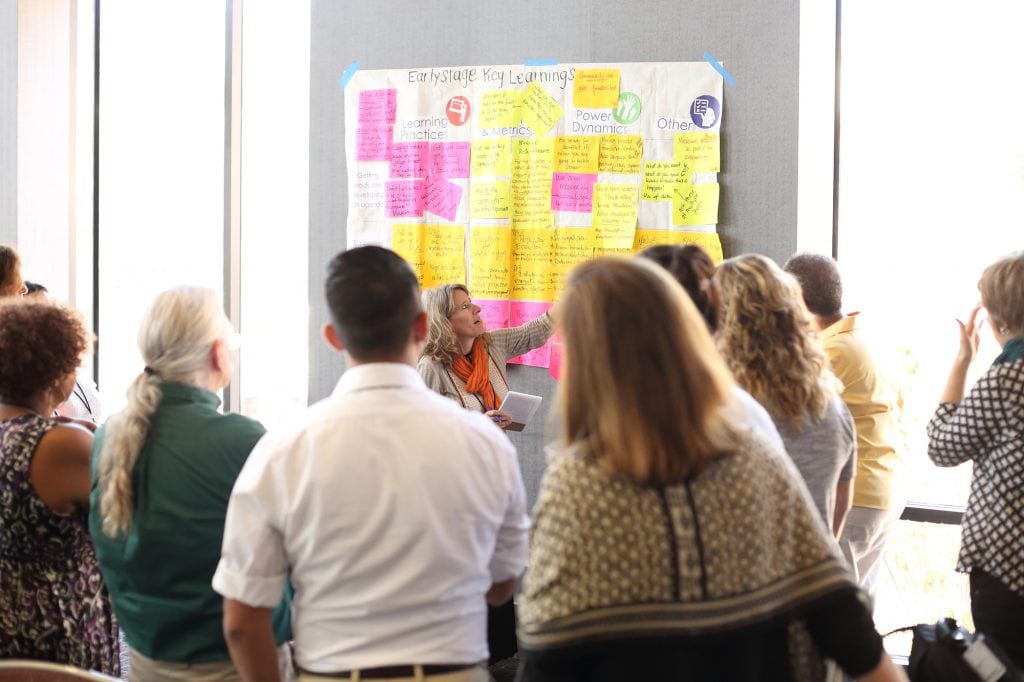
 The social sector has a long tradition of focusing funding and programs on neighborhoods and regions as a strategy for improving lives. In recent years there has been a resurgence of place-based strategies like the federal Promise Neighborhoods program and foundation-led efforts in communities from North Carolina to Colorado to California.
The social sector has a long tradition of focusing funding and programs on neighborhoods and regions as a strategy for improving lives. In recent years there has been a resurgence of place-based strategies like the federal Promise Neighborhoods program and foundation-led efforts in communities from North Carolina to Colorado to California.
We recently teamed up with Meg Long, President of Equal Measure and Hallie Preskill, Managing Director at FSG to reflect on what we know about place-based work—and are excited to share our article in the current issue of the Foundation Review entitled the “Art and Science of Place-Based Philanthropy.” We outline three distinct stages of a place-based initiative (Early Stage, Implementation Stage, and Sustaining Stage) and address key issues of power dynamics, learning objectives, and engaging partners in each stage.
This article emerged from our firms’ shared support of a 2015 convening hosted Aspen Forum for Community Solutions, Neighborhood Funders Group, and Jacobs Center for Neighborhood Innovation. The convening focused on the role of evaluation in place-based initiatives. It brought together to funders, evaluators, and community member to discuss and share effective learning practices and the role of evaluation in place-based work. At that time, Harder+Company shared a post about “Getting Ready for Place-Based Work.” (A similar convening, focused more broadly on place-based work as a whole, was held in 2014.)
This new article is particularly useful for public and private funders who are strive for an authentic collaboration in place-based initiatives.
